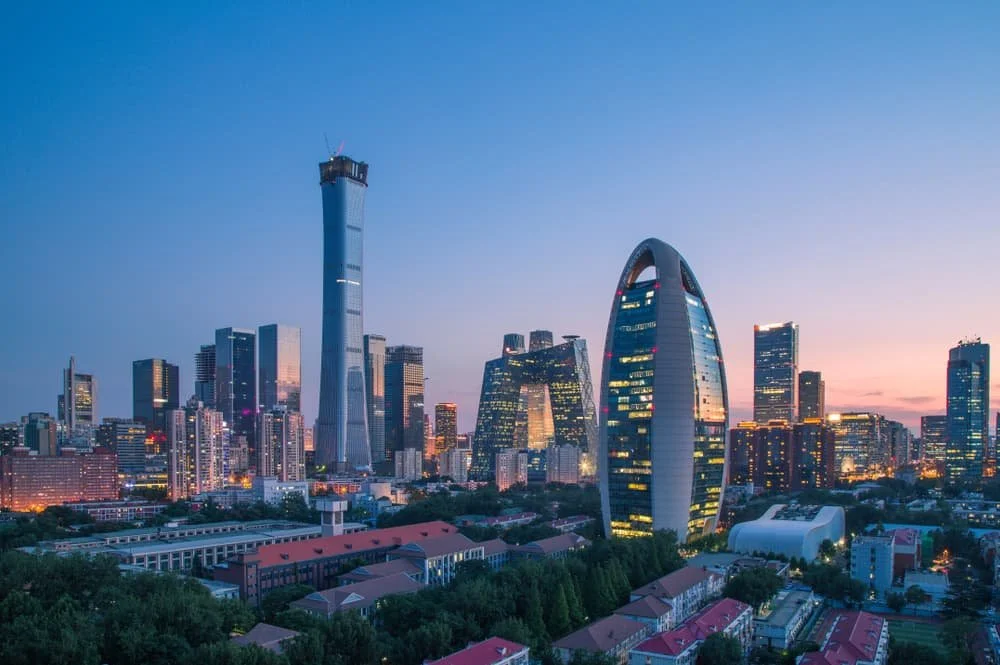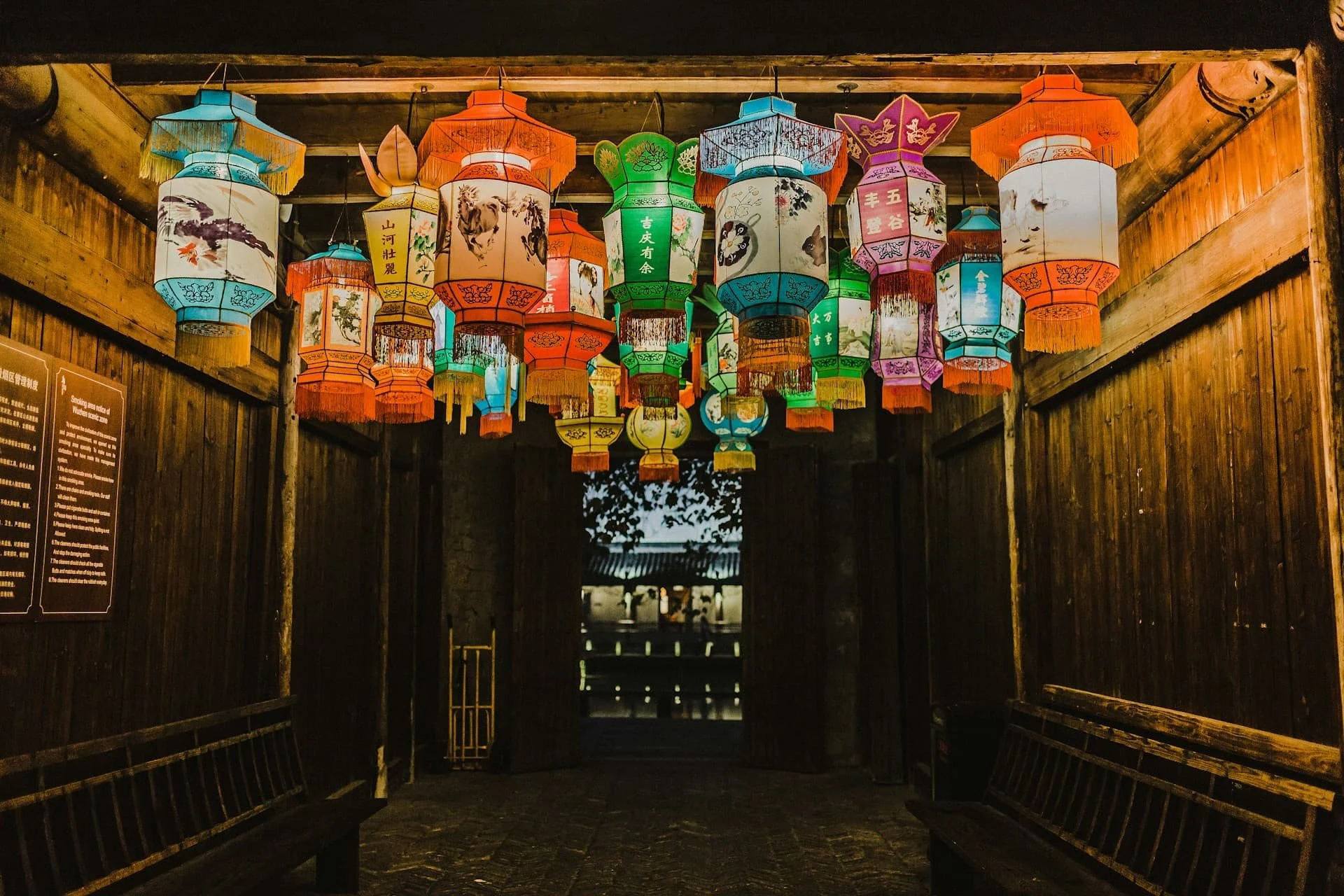11 Unexpected Places in Japan That Remain Delightfully Off the Tourist Trails
Dodge the growing Japan tourism crowds and try these lesser-known delights instead
Japan opens up when the map widens beyond the golden triangle. Drift to islands and deep valleys where ferries set the rhythm and small inns still answer the door. Everything here is welcoming and workable with a little planning, especially when the timetable and the seasons lead the way.
1. Oki Islands
Wave carved cliffs and quiet fishing hamlets sit inside the Oki Islands UNESCO Global Geopark. Sailings are the backbone of any plan so check the Oki Kisen ferry pages first. The fast Rainbow Jet usually runs spring to autumn and slows or stops in winter which is why the timetable leads and plans follow.
Make time for the Kuniga coast where basalt walls fall into a blue channel and for sunset at Candle Rock when the sea stack lights up like a torch on clear evenings. Easy loops link hamlets, shrines and pocket beaches and local drivers are patient which keeps island roads unhurried.
Geology steals the show on guided outings with local interpreters who fold sea caves and lava stacks into easy narratives. Base near Saigō Port on Dōgo for straightforward dining and transfers. Small inns such as Takenobō and simple seaside hotels on Nishinoshima keep the focus on scenery and seafood, from grilled turban shells to sashimi caught that morning.
2. Rebun Island
Far above Hokkaidō’s tip, Rebun drifts in summer fields of alpine flowers. Trails range from the breezy Momoiwa Observatory walk to the island spanning Eight Hour Course. Pick up the newest English trail map before lacing up and time a visit for late June through August when blooms peak using the official Rebun Island map. Ferries run from Wakkanai to Rebun and neighbouring Rishiri on the dependable routes of Heartland Ferry and the sea sets the pace, so keep an extra day in hand.
Stay in Kafuka for supplies, buses and friendly minshuku. Cape Sukoton frames views towards uninhabited islets where seabirds wheel in the wind and the Momoiwa bluff glows late in the day when the light comes side on. When the sun is out the coastal ridges shine and even the short hour long walks feel special.
3. Hachijōjima
A subtropical escape inside Tokyo Prefecture, Hachijōjima pairs volcanic ridgelines with swimmable coves. It is an easy hop from Haneda and a dreamy overnight voyage on the Tokai Kisen ferry. Soak at Miharashi no Yu where the open air baths stare straight at the Pacific and the evening colours settle the day.
Paths rise in gentle zigzags on the flanks of Hachijō Fuji with a crater rim stroll on calm mornings. Down on the coast, lava shelves make natural snorkel entries when conditions are settled and dive shops call the weather honestly which keeps outings safe. Roads are quiet which makes a rental car the relaxed choice for loop drives between onsen, beaches and small cafés.
4. Aogashima
A volcanic bullseye in the open ocean, Aogashima requires a little extra planning. There is no big hotel and that is the point. Sleep in a family run minshuku or camp above the caldera, cook at the geothermal vents and steam off at the tiny sauna. The Tokyo Islands guide lays out the essentials and makes the logistics feel achievable.
Access is from Hachijōjima by small ferry or a nine seat helicopter, both frequently delayed by swell and wind. Travel only with backup days and a plan to enjoy extra time on Hachijōjima if the crossing closes. Once on the island the walking is simple, village life is unhurried and star fields are as bright as anywhere in Japan on moonless nights.
5. Osorezan and the Shimokita Peninsula
Sulfur pools and ashen flats ring Bodai ji Temple at Mount Osore, one of Japan’s most sacred landscapes. The site opens seasonally from early May to the end of October. Buses run from JR Shimokita Station to the temple during the open period and there is simple temple lodging for those who wish to stay. Check timings and background on Japan Guide before setting out so the day fits the bus rhythm.
Give the walkways and lakeshore a half day then add a coastal loop around windswept capes if driving. The peninsula rewards a slow circuit with detours to small fishing towns and lookout points where the Pacific feels close. Build the visit around the official open dates rather than the calendar in your head.
6. Iya Valley
Deep in Shikoku’s folds, the Iya Valley holds three vine bridges over a jade river. The double spans at Oku Iya sit in hushed forest and feel a world away from the main bridge near Nishi Iya. Details for the bridges and surrounding trails sit clearly on Miyoshi City’s site. Downstream, boats idle through Oboke Gorge where crystalline schist shears into the water and guides point out rock forms with an easy patter.
Roads are narrow and slow which is part of the charm. Plan short driving days or let the bus set the pace. If heights give pause start with the river cruise then step up to the swaying planks. A cable car drops to riverside baths at Iya Onsen where steam drifts between boulders and the valley closes in.
7. Shōdoshima
A short hop from Takamatsu, Shōdoshima pairs coastal roads with olive groves and a ridgetop ropeway above a sheer gorge. The Kankakei Ropeway glides over eroded towers with big Seto Inland Sea views, while Shodoshima Olive Park offers casual walks, a small lodge and easygoing cafés. Autumn paints the gorge with bright foliage and winter days are often crisp and clear.
Cyclists love the easy gradients of the southern shoreline where coves, soy sauce breweries and quiet beaches link like beads. Base near Tonosho or Kusakabe for straightforward ferry access and a good spread of places to eat. Ferries from Takamatsu keep schedules generous across the day which simplifies planning and makes day trips feasible if time is tight.
8. Sado Island
Sado is big enough for a week and quiet enough to feel like a secret. Coast roads curl past sea terraces and cedar groves and villages keep their own tempo. The island’s historic gold and silver mines were added to the UNESCO World Heritage List in 2024 which brings context rather than crowds. For route ideas and small town stays start with the Sado tourism portal.
Down in Ogi, fishermen still guide tarai bune tub boats through glassy inlets and the preserved streets of Shukunegi tell a compact maritime story. North of the port, sea arches and grassy headlands set up simple picnic stops where the horizon runs wide. Car ferries and jetfoils connect Niigata to Sado so bookings matter on peak weekends and shoulder seasons are relaxed without feeling sleepy.
9. Kunisaki Peninsula
On Kyūshū’s northeast shoulder the Kunisaki Peninsula keeps a thousand years of mountain worship alive in mossy valleys and stone lined trails. Futago ji sits at the heart of Rokugo Manzan culture and makes a calm base for gentle walks between halls and trailheads. Read the backstory and route ideas in this overview of Rokugo Manzan.
Stone guardians stare from cliff faces, pagodas tuck into forest clearings and small cafés pour light lunches near trailheads. This is a region for slow loops by car, pulling in for local noodles and farm cafés between temples. Spring and autumn are especially kind to walkers and winter brings sharp light and long views across the inland sea.
10. Tsushima Island
Halfway to Korea yet firmly its own world, Tsushima mixes rugged bays with a wildlife story found nowhere else in Japan. The Tsushima Wildlife Conservation Center explains the island’s critically endangered leopard cat and anchors drives into forested hills. Distances are large and buses sparse so a rental car unlocks coves and viewpoints without clock watching.
Kayaks slide over the calm fingers of Aso Bay on still mornings and Miuda Beach flashes a tropical palette on clear days. Reach the island by short flights from Fukuoka or Nagasaki or by high speed boats and ferries from Hakata. Sea links shift with seasons and weather so confirm departures before moving on and give yourself the freedom of a spare day.
11. Hagi
Samurai walls and white storehouses still line Hagi’s lanes between the castle ruins and the harbour. Days unfold on foot with museum stops and pottery studios then drift into onsen time in small coastal hotels. It is one of the easiest places in Japan to feel the texture of the Edo period without the crowds. Browse stays and locations on Hagi’s accommodation page.
Wander the Horiuchi and Jokamachi quarters where narrow streets keep out traffic and gardens sit behind latticed walls. Kilns sell Hagi yaki in friendly workshops and the old school buildings of Meirin Gakusha add a gentle museum stop to a town circuit. Trains reach Hagi with a change and local buses connect the sights once in town. If driving, park once and keep the rest to walking.















